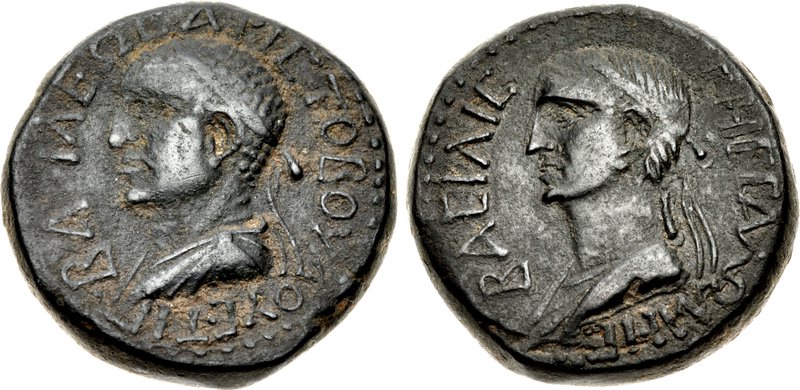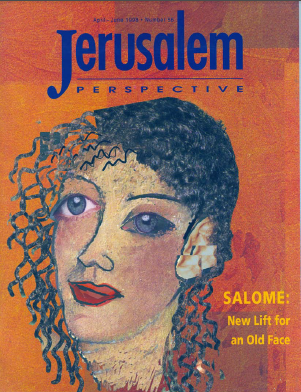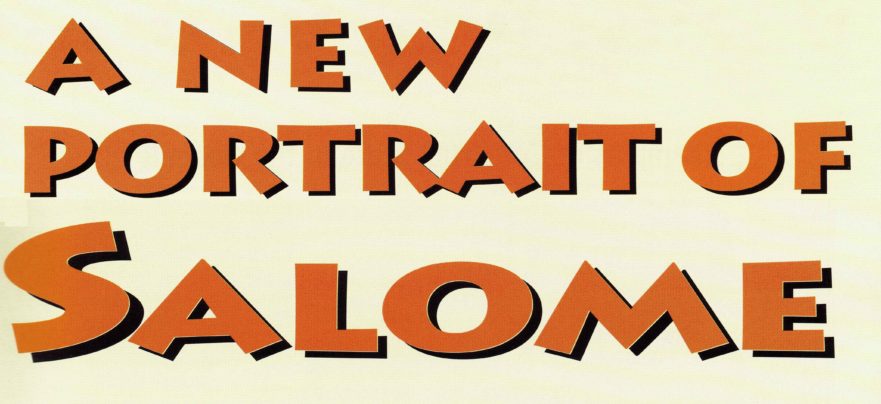
Salome’s image has been obscured and marred due to the personas created for her by writers of the past 150 years. Salome is famous for the part she played in the execution of John the Baptist. Since 1863, she has been depicted in books and films as morally depraved. Diligent research reveals, however, that the real Salome is much different than popular portrayals.
The paradoxes begin with the fact that her name does not appear in the Gospels. We know her name from Josephus’ account of the story (Ant. 18:136-137) and from the coin that bears her portrait—incidentally, hers is the only portrait of a person mentioned in the Gospels. Another paradox is the distortion of her story in modern literature and art.[1]

Paid Content
Premium Members and Friends of JP must be logged in to access this content: Login
If you do not have a paid subscription, please consider registering as a Premium Member starting at $10/month (paid monthly) or only $5/month (paid annually): Register
One Time Purchase Rather Than Membership
Rather than purchasing a membership subscription, you may purchase access to this single page for $1.99 USD. To purchase access we strongly encourage users to first register for a free account with JP (Register), which will make the process of accessing your purchase much simpler. Once you have registered you may login and purchase access to this page at this link:

- [1] See the entry “Salome” in Encyclopaedia Judaica (Jerusalem: Keter Publishing House, 1972), 14:689-691. ↩


![David Flusser [1917-2000]](https://www.jerusalemperspective.com/wp-content/uploads/userphoto/21.jpg)




























































































